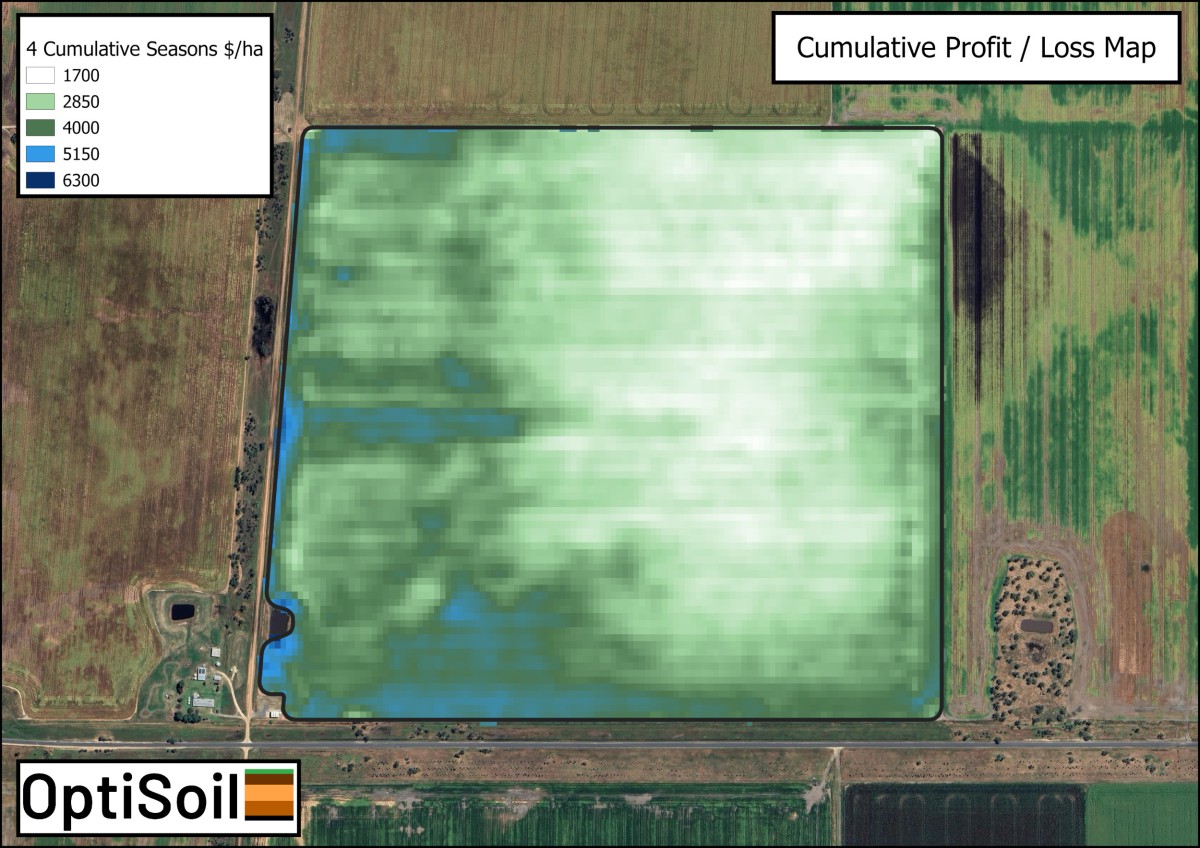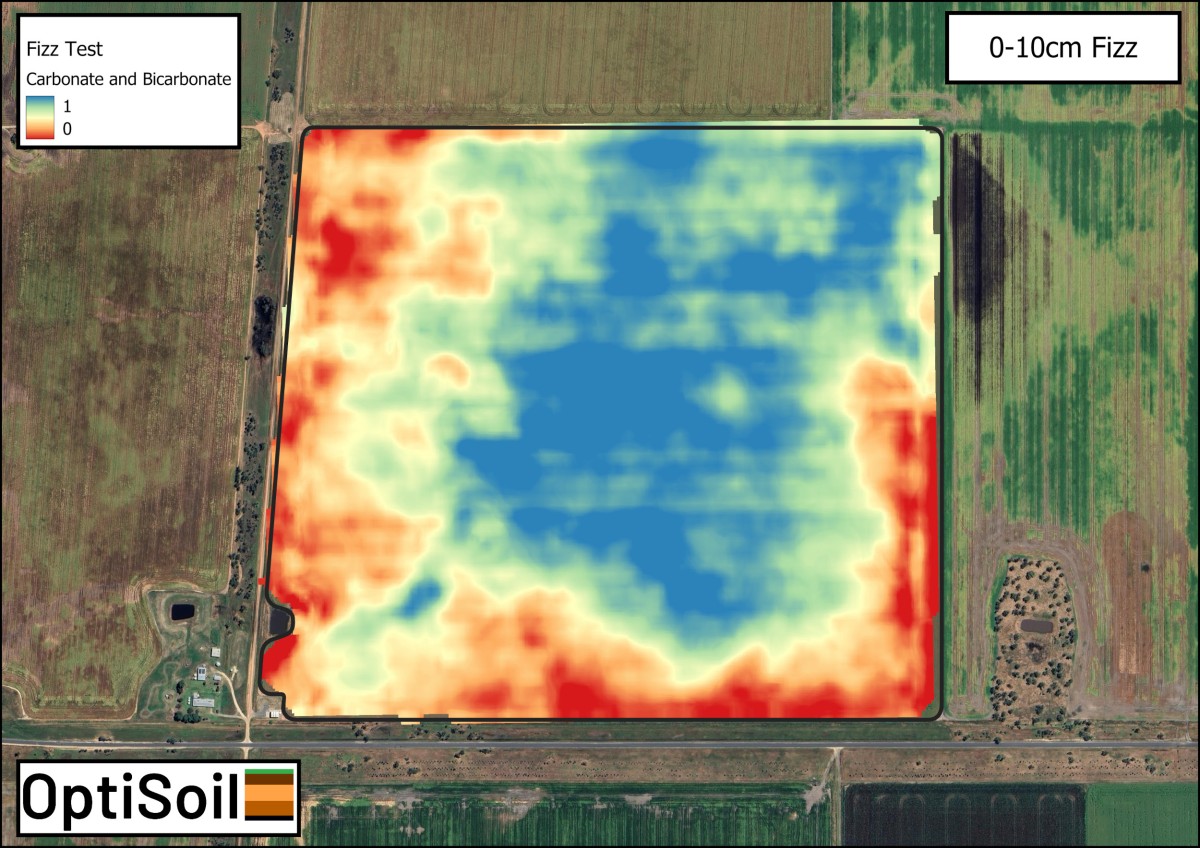Unlocking the Yield Potential in Wimmera, VIC: Overcoming Soil Alkalinity and Dispersion Challenges
In the diverse agricultural landscapes of Wimmera, VIC, farmers face a recurring puzzle: a significant yield gap that varies spatially each year. This article delves into the challenges posed by soil constraints, specifically alkalinity and dispersion, and explores innovative solutions being implemented to bridge this yield gap.
Grower observations/problem
Farmers in Wimmera have noted a consistent trend: the performance of “red soil” and “black soil” varies independently, often influenced by crop types and seasonal changes. Typically, red soil outperforms black soil, but this isn’t always the case. Beyond this, there are unexplained yield patterns within each soil type. Critically, the yield potential offered by modern seed technology is not fully realised, indicating a missed opportunity each season.
Potential explanation
Historically, gypsum application on red soils suggests a possible improvement in surface conditions. Further, foliar boron application has shown positive responses, hinting at trace mineral inefficiencies due to alkaline conditions. Conversely, the black soil, known for its dispersive nature, has not traditionally been treated with gypsum.
In field observations
Field observations and laboratory tests revealed alkaline dispersive conditions characterised by extremely high pH and substantial sodium presence. This high pH indicates the likelihood of calcium carbonate reacting with sodium chloride and sodium sulphate, forming sodium carbonate – a vegetation-toxic salt. This hypothesis is supported by high Electrical Conductivity (EC) readings and confirmed through a simple 1M Hydrochloric Acid (HCl) 'fizz' test, identifying free carbonates and bicarbonates.
Solution
The core issue identified was carbonate and bicarbonate presence in the surface soil. While initial mapping didn’t correlate directly with yield, a more comprehensive analysis using 'stacked' yield maps revealed a clear match with longer-term yield trends. Two primary treatments were proposed: gypsum and sulphate of ammonia. Upcoming season trials aim to evaluate these treatments' effectiveness and establish a cost-benefit analysis for broader-scale application.
Additional Insights
A critical, overarching challenge in the region is the widespread subsoil dispersion, which hinders the effective leaching of toxic salts. This issue has profound implications for crop yields, particularly under varying seasonal conditions. While topsoil treatments may offer temporary relief, it's imperative to address subsoil dispersion for a sustainable, long-term solution.
Seasonal conditions play a significant role in determining the predominant constraining factor. During wet seasons, the toxicities of carbonate and bicarbonate become more pronounced, adversely affecting crop health. Conversely, in dry seasons, reduced soil moisture leads to plant wilting, posing another set of challenges. Both scenarios underline the importance of meticulous boron management.
This understanding is further supported by recent observations in barley cultivation. Despite receiving only 43mm of in-crop rain, the barley yield this season was approximately 7.5 tons per hectare – around 3 tons more than the usual yield. This substantial increase is attributed to the dry conditions, which limited the solubility of carbonates and bicarbonates, thereby mitigating their toxic effects. This outcome reinforces the hypothesis that by effectively managing and possibly removing these constraints, achieving a consistent yield of 7.5 tons per hectare could become the new norm.
One client wryly commented to me “in lieu of investing in amelioration, you can overcome your soil constraints by better distributing your seasonal rainfall”.
Conclusion
In conclusion, the agricultural prospects in Wimmera, VIC, hinge on a nuanced understanding of soil constraints and tailored solutions. The ongoing trials and research into gypsum and sulphate of ammonia treatments offer hope for addressing these challenges. However, a holistic approach, including subsoil dispersion management, is vital for sustainable and profitable farming in the region.
OptiSoil is at the forefront of addressing these complex soil challenges, leveraging scientific research and practical experience to help farmers in Wimmera maximise their yields. Stay tuned for updates on our trials and insights into effective soil management strategies. Like us on Facebook and Instagram to keep updated.



